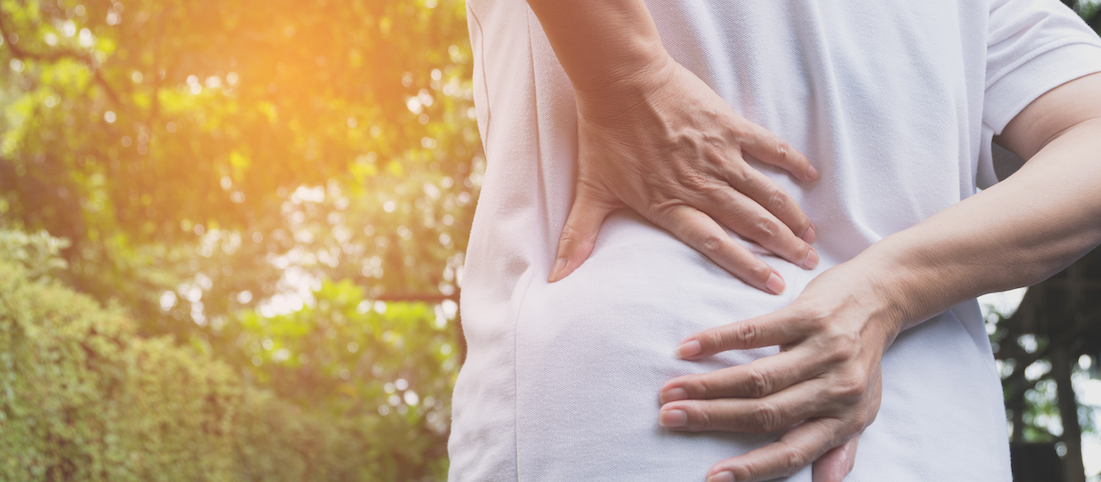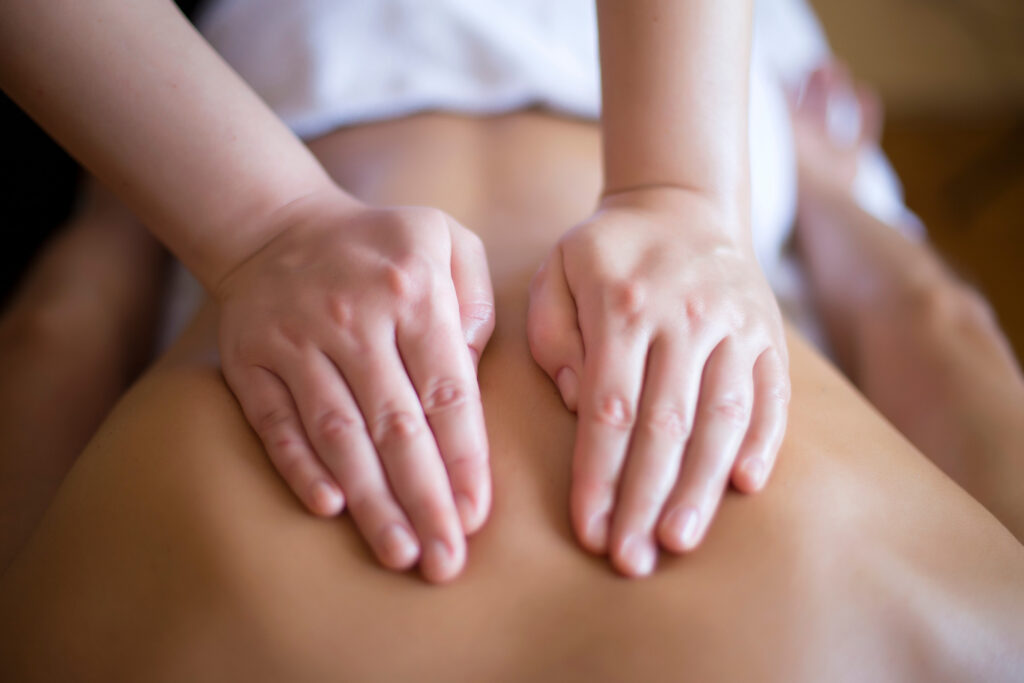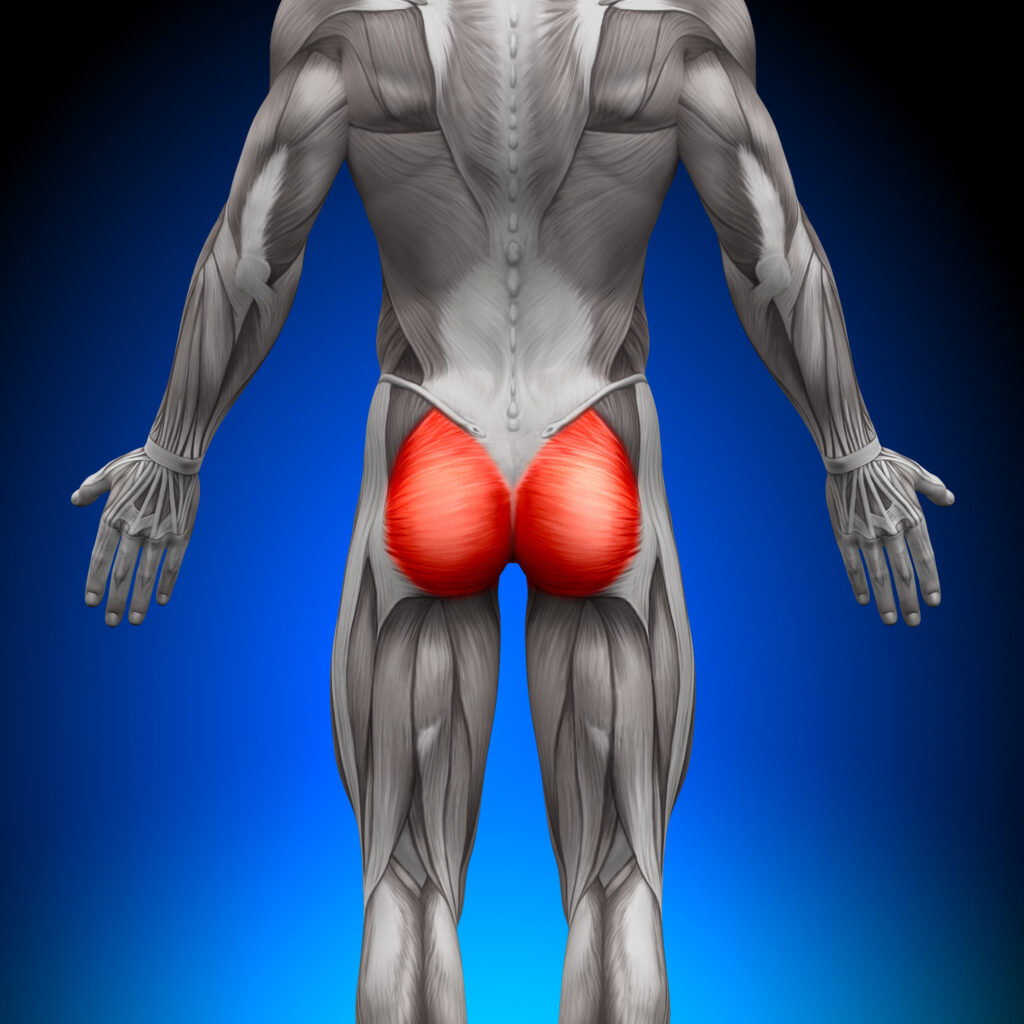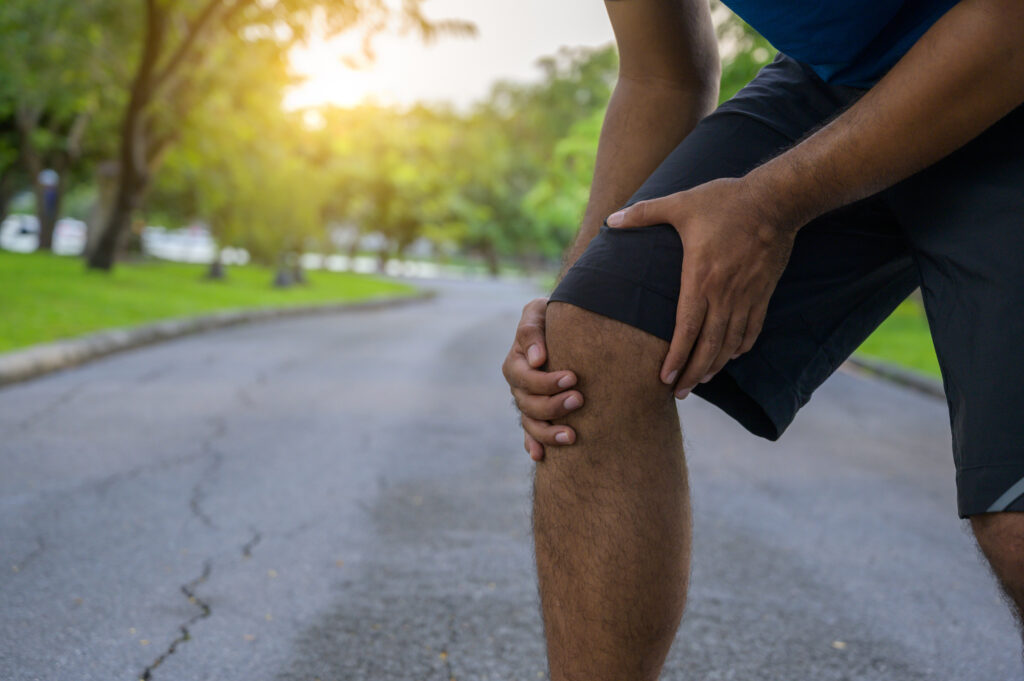
Quick Answer: Tight and stiff muscles can cause back pain by pulling various musculoskeletal structures out of alignment. When muscles become tense, they can create imbalances affecting posture and the way we move. That can stress the spine, joints, and surrounding tissues, causing back pain. Additionally, tight muscles can limit range of motion and flexibility, further contributing to strain on the back.
Fast Fix: Regular stretching, mobility exercises, and relaxation techniques can help alleviate muscle tension and reduce the likelihood of back pain.
I know you want more than just the Cliff’s Notes! Let’s talk about your still muscles, and why they make your back hurt…
You’d be surprised how often back pain is not caused by muscles in the back. Yep, you heard that right!
Tight muscles can easily result in back pain. It’s not just tight muscles in general, but rather muscle tightness and imbalances in opposing muscle groups.
Let’s explore it. But first, a bit about what I encounter nearly every day…
Massage therapists often are the front line of attack in the battle against back pain. Navigating the intricate landscape of muscles and releasing tension is what we’re trained to do. The story with back pain is often similar, but can stem from a multitude of factors – from poor posture to stress-induced muscle knots.
Massage therapists employ various techniques, such as deep tissue massage and myofascial release, to target specific areas and ease pain.

Hip Flexor Tightness and Back Pain
Hip flexor tension is a prime example of this intricate connection, and has the potential to wreak havoc on the back. The hip flexors, a group of muscles that allow us to lift our legs and bend at the waist, are closely linked to the lower back. When these muscles become tight due to factors like prolonged sitting or overuse, they can pull on the pelvis, altering its alignment and causing a ripple effect up the spine.
As soon as your pelvis is tilted – even by a tiny amount – it can lead to lower back pain as the muscles and structures in the area adapt to the changes. We see this all the time with runners.
A Weak Butt – How Your Glutes Can Impact Back Pain
You might not give much thought to your glutes beyond their appearance, but these muscles play a crucial role in maintaining a healthy and pain-free back. Weak gluteal muscles can be a sneaky problem because people don’t really think about how weak they are.
(Pro Tip: About every single person I see has terribly weak glutes!)
The glutes, comprising the gluteus maximus, medius, and minimus, are responsible for stabilizing the pelvis (see a trend here?) supporting your spine, and aiding in proper posture.

When these muscles aren’t firing at their best due to factors like prolonged sitting or a sedentary lifestyle (I swear…I JUST said that!), other muscles, like the lower back muscles, may compensate for the deficiency. This compensation can lead to imbalances, misalignment, and ultimately, back pain.
Push and Pull – The Relationship Between Muscles
The intricate relationship between our muscles extends far beyond their immediate vicinity. For example, even the muscles of our feet and ankles play a pivotal role in influencing knee pain.
Case in point, Nick is a 45 year old male, in great shape, who does a lot of running and biking. After some speed work, he came into the center complaining about some subtle knee pain. After a Thai Massage (fully clothed on the floor and incorporates compression and stretching into the massage) and some special attention to his lower legs and bottom of his feet, the pain was gone.
Gone.
This is a regular client, and to this day, Nick has a Shiatsu Heated Foot Massager at home and uses it from time to time. He’d tell you…any calf or knee pain he develops, a 10 minute session on the foot massager eliminates it (until he over does training again!).

Here’s how that mechanism works:
When the muscles in the feet and ankles are stressed from doing speed work outs like fartleks or 400 meter repeats, any slight biomechanical imbalances can be amplified. This can happen in every day circumstances too, but with athletes, the stressors are amplified.
These slight biomechanical imbalances can lead to tiny fluctuations in gait patterns and improper alignment (alignment again!). These changes can pull ever so slightly at the tendons and ligaments that support the knee. Then, undue stress builds on the knee joint as it compensates for the disrupted movement patterns. Over time, this can contribute to the development of knee pain and discomfort.
Using a shiatsu massager just loosens up the points where bits of inflammation have tightened the musculature of the foot and ankle, releasing the tension and allowing all the connective tissues to freely align as they’re intended.
Tight Opposing Muscle Groups Can Cause Tension and Back Pain
If you haven’t noticed yet, our bodies thrive on balance, and when one set of muscles becomes tight, it can create a tug-of-war with its opposing muscles.
Take the chest and upper back muscles, for instance. When the chest muscles become tight (like from poor posture), they can pull the shoulders forward, causing the upper back muscles to stretch and weaken. This imbalance can lead to upper back pain as the over contracted chest muscles exert outward strain on the spine and surrounding structures.
The Most Common Tight Muscles That Cause Back Pain
Here are the areas that we see most often, and what you should do about it.
Tight Hip Flexors – For this, you’ll need to do some regular stretches and mobility work.
- Forward and side leg swings
- Hip flexor stretch – Kneel on one knee while the other foot is forward, forming a lunge position. Gently lean forward, feeling the stretch in the front of your hip. Don’t stretch into pain!
- Bridge pose – Lie on your back with your knees bent and feet hip-width apart. Lift your hips off the ground, engaging your glutes and opening up your hip flexors.

Weak Glutes – It doesn’t matter how old you are, or what shape your currently in* – start doing squats.
- Bodyweight Squats (Air Squats)
- Back Squat – this is what you typically see in the gym
- Goblet Squat – similar to a bodyweight squat, but holding a dumbbell, kettlebell, or medicine ball in front of your chest.
IMPORTANT: We’re massage therapists, not trainers. While we know your anatomy and what can cause problems, we’re not so well equipped to provide instruction on proper weight training technique. So please, don’t go to the gym and over-do a bunch of squats without getting proper instruction. You really will end up injured!
Bad Posture – This includes how you walk, how you sit, and how you stand. This is the chronic backdrop to so many people.
The short version, is to stand tall with your shoulders back and chin high. Just like Mom used to say…Stand and walk with purpose!
The longer version is to practice engaging your core muscles to provide support for your spine and avoid slouching in all of your daily situations – be aware of it, always.
- When sitting, choose a chair with proper lumbar support and ensure your feet are flat on the floor.
- Avoid hunching over electronic devices; instead, bring them to eye level.
- Incorporating exercises that target your core, back, and neck muscles can strengthen your postural muscles and gradually improve alignment.
- Yoga, Pilates, and regular stretching routines can also work wonders.
Remember, change takes time, so be patient with yourself. Consistent mindfulness, ergonomic adjustments, and dedicated exercise efforts will pave the way to a healthier, more confident posture.
Tight Muscles Are a Common Reason for Back Pain
Sure back pain can be caused by all kinds of things, from congenital defects to sports injuries and all the way to slipping a disk bending over to put on a pair of socks (yes, it happens). But for so many, chronic muscle imbalance plays a huge role in back pain. Through regular mobility conditioning, stretching, and strength training, a lot of discomfort can be avoided.


 spartaworks
spartaworks  August 20, 2023
August 20, 2023